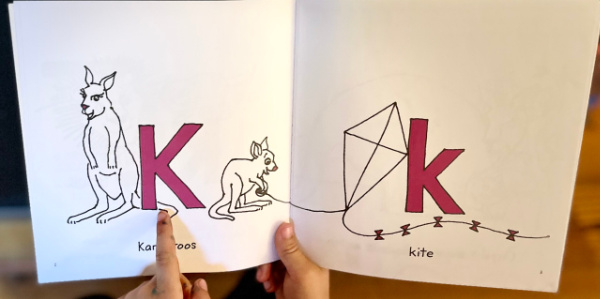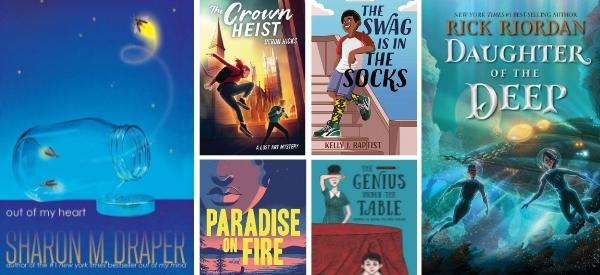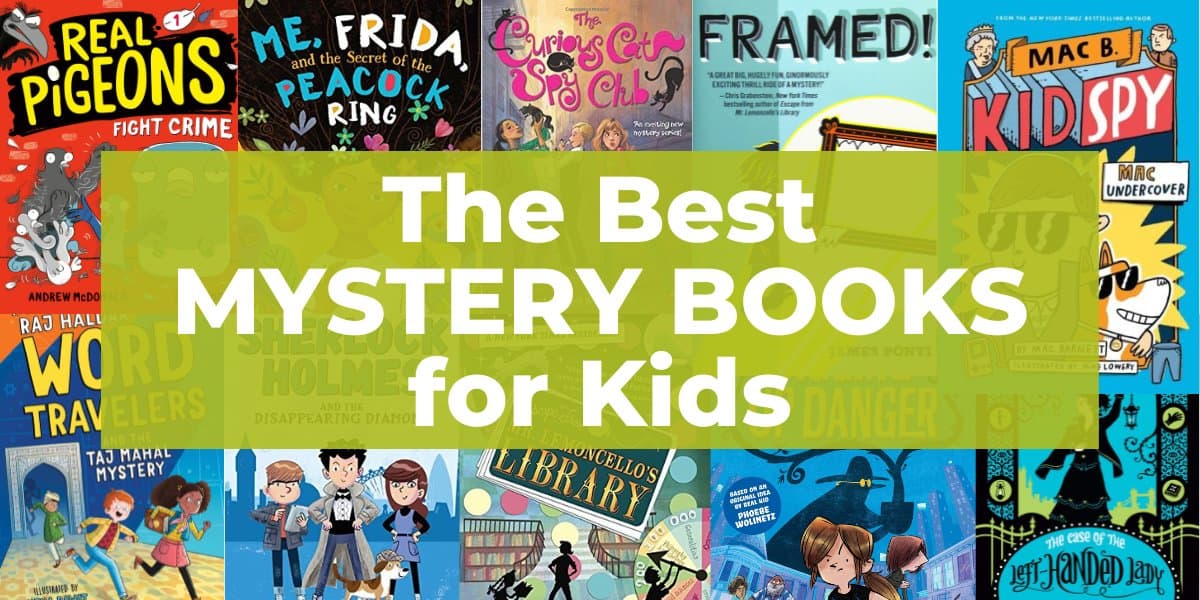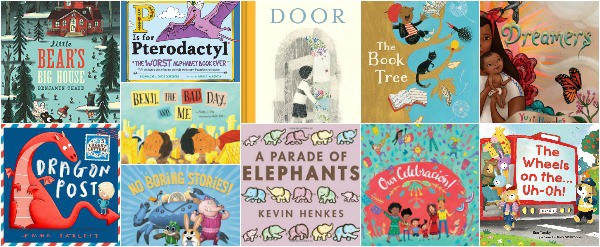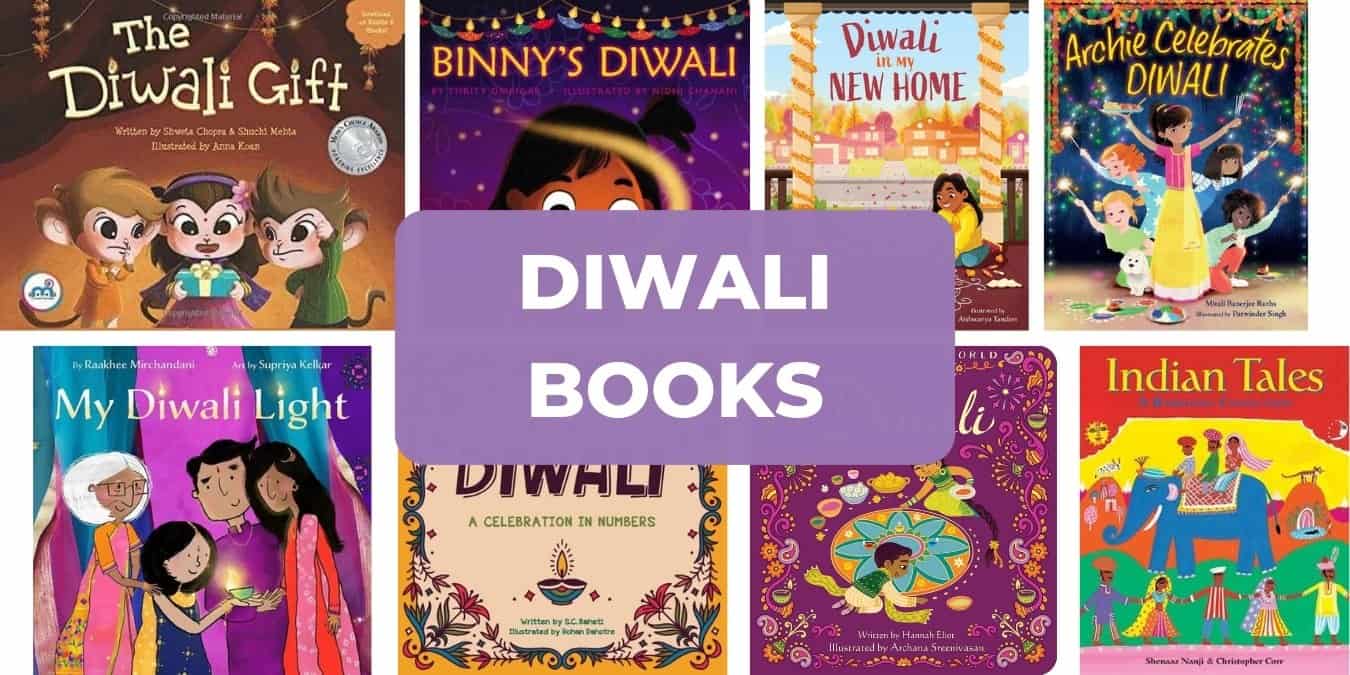Strategies to Increase Children’s Reading Stamina
This post may contain affiliate links.
How do you help your readers with their reading attention and stamina?
I’ve been thinking about attention spans. Mine, for one. And also, our growing readers’.
Here’s why…
Recently, in the middle of a good book, I suddenly decided TO CHECK SOCIAL MEDIA.
And then, when I tried to get back into the story, I was lost.
Which made me check social media AGAIN.
I mean, what in the ever-loving heck was going on?
I’m realizing that my brain is restless –now more than ever.
Can you relate?
Not only that, I realized that I lost the thread of the story and, therefore, all interest in doing the hard thing of containing to read until I got hooked again.
And I wondered. Is this happening to our growing readers, too?
They are distracted.
They lose track of the story.
Like me, they don’t have any reading stamina.
And maybe if you’re like me, too, you can relate a little bit.
Since I’m an adult, I can delete my apps and pay attention to my attention. I make myself sit and read without interruption because I want to read.
But how can we help our kids do the same?
How can we help kids monitor distractions and value stamina?
NOTE: This article gives tips and ideas to address reading stamina for children who DO NOT have learning issues.
If your child has a learning disability, diagnosed or suspected, improving stamina is not going to be an issue of goal-setting or trying new strategies or having enough willpower but will generally require a different kind of support with specific strategies that will strengthen their abilities related to their situation.
Because my own daughter has learning disabilities including ADHD, I’ve written a bit about helping kids who can’t sit still to READ AND MOVE here.
That being said, the tips in this article can still be applicable to children with LD– but won’t be enough.
Strategies to Increase Children’s Reading Stamina
Table of Contents
Brainstorm Why Reading Stamina Matters
Most learners, adults or children, integrate knowledge best when they come to their own realizations.
You can facilitate this by asking readers open-ended questions to prompt discussion and thoughtfulness.
No, you’re not tricking them into a right answer, but genuinely discovering where they’re at as readers to help them grow.

DISCUSSION POINTS WITH CHILDREN
First, you might share something about yourself as a distracted reader.
If that’s not you, feel free to use my story.
You might muse out loud how you (or I) want to read for longer times in one sitting more and why you want this. (You get into the story if you have more time to read, you improve your concentration, you improve as a reader, etc.)
*Here’s a helpful graphic showing the number of books and words read for a 20 minutes a day reader versus 5 minutes and 1 minute a day.
“I think having conversations with our kids about this is important. “Wow, I’ve noticed I’m picking up my phone a lot lately. I think it’s time for me to set some boundaries for myself!” And then asking them questions “Do you ever feel like it’s hard to pay attention to something you’re doing?” This helps us model both our struggles and our solutions.” – Imagination Soup reader, Christie Pangman
Next, you might ask your reader if they’re noticing that in their own readerly life, also. You could ask:
Why do you think it might matter to read longer in one sitting?
Do you think adults can improve their reading comprehension and vocabulary?
Do you think it would matter for you to read more and read longer in each sitting? What would be the benefit do you think? Or is there a benefit?
Listening can give you valuable information about how the child sees reading and their understanding of themselves as a reader. (Reading identity.)
If the child understands why it’s important to read for longer periods, move on to goal setting. If not, brainstorm or share why it’s important to spend time reading.
Set Reading Stamina Goals
You’ve talked and mused and wondered. Now, it’s time for action.
Ask your reader to join you in making goals for reading, specifically the duration of time you’re reading.
If your readers are disinterested in goal setting or too young to think about their goals in a step-by-step way, you can skip to the support section and create opportunities for more reading in less overt ways.
Why should you set goals along with them?
Because anytime you can model growing as a human and living a readerly life, the better. When you come alongside your readers, it’s more impactful.
Ask about how many minutes do they read every day now. (Share yours.)
And then ask, how many minutes do they want to get to next week. How about in one month? (Shares yours.)
Write it down.
Now I’m reading for ________ minutes.
My GOAL for _________(date) is to read every day for ________ minutes.
Next, support readers with achieving their goals in small steps. Because building reading stamina doesn’t happen all at once. Like exercise, you start with a little bit and work up to longer and harder sessions.
“For the sake of your working memory and ability to transfer all this info into any useful schema for long-term access and use, chunk it down.” – Imagination Soup reader, Dianne Frothingham

Support for Success
Ask your reader what distracts them. If they can’t answer — become investigators for a few days and write a list when they notice what distracts them. (Examples: other kids, pets, phone alerts, etc.)
Consider how you can remove those distractions or find a place where they can read without interference.
“We have a no-talking zone in our library where there are no electronics or phones allowed. This is where students can relax on comfortable couches and read! No distractions!” – Imagination Soup reader, Robin Howard
I have concerns about tracking time because so many kids MISS THE MAGIC OF A STORY when they’re overly focused on the time.
(And yes, it’s much better than tracking pages because pages don’t differentiate with reading speed or book complexity.)
But, we actually have to track time reading to grow reading stamina and get that magical story flow, right?
So, I’ll suggest a timer. For now. (With concerns noted.)
Get started with a timer so you know for how long kids are able to focus — and then, track goals and growth.
A timer can give accountability–5 minutes, 10 minutes, 15 minutes. Add minutes every week and increase reading duration over time.
Remember, step-by-step scaffolding is the way to go!
(Alternatively, you can do this without telling your kids — just start with quiet reading together for 5 minutes and increase the time by 5 minutes every few days until you get to 20 or 30 minutes.)
We DON’T want our readers to quit at 20 minutes if the timer goes off and they’re in a flow state, enjoying a story. We’re building stamina to get to flow so we have to plan for continued reading.
My solution to not quitting when the timer goes off is to use a vibrating timer, an adult timekeeper, or a stopwatch monitored by an adult.
You can tell your reader the time and to stop reading after the time is up when it’s your first few weeks. This provides success, and they might see how quickly time passed.
But, don’t keep timing forever unless that’s the only way to keep your reader reading. If your readers are engaged in the story, they’ll hopefully want to keep reading.
The ultimate goal is that readers are mesmerized by their books and want to keep reading as long as possible.

Make sure you’re visiting the library, so your child has a wealth of good book choices from which to choose. I let my kids check out a big BAG FULL OF BOOKS. Not 3 books but around 20 books.
Choices and good books make all the difference in the world!
If you’re worried about fines, keep the books in a specific place so you can find them when they’re due back.

I think all reading counts — reading to, with, and next to kids.
That being said, for this article’s goal of increasing reading stamina, we’re focusing on growing our children in their own independent reading. (As I’m also doing with my own independent reading.)
Whenever possible, sit down with the reader(s) and read next to them.
If your reader is not ready for independent reading, you can try audiobooks or reading aloud, also.
“I would always just have them come tell me when they got to a really good spot. Yes, come and interrupt me and reread that funny part, but aloud to mama. Then when they were older I would do the same for them with what I was reading,” shares Imagination Soup reader Naomi Campbell.

Make sure that your readers have a reading space that works for their needs. (Needs can be different for different kids.)
“I give her a book and put her in her tree swing to read for a bit. She often stays there for quite a while, enjoying the change of pace.” – Pamela Lane
READ–>6 Steps to Make a Cozy Reading Nook
One of the most important ways to grow in any area, if not the only way, is to reflect.
Ask your reader if they met their goal, what got in the way, what worked, and what needs to be different next time. Reflection time, even just for a minute, is a powerful tool for growth.
The following day, your reader can use their reflection to make any shifts or continue doing what’s working.
What Else Can You Do?
As we know, books come in all kinds and with different levels of complexity and depth. Whether or not you’re a teacher or a parent, you want to have frequent chats with your reader about what they’re reading and how it’s going.- talk about books with them
- facilitate talks with other children
- “Getting enough exercise and outside time helps too. We go for a walk every day, regardless of the weather (though as West Coasters, it’s not that hard to do.) Whenever this habit drops off I notice a change in all of us. We crave more sugar, our sleep isn’t as good, and I know for me anyway, my attention is affected too.” – Imagination Soup reader, Christie Pangman
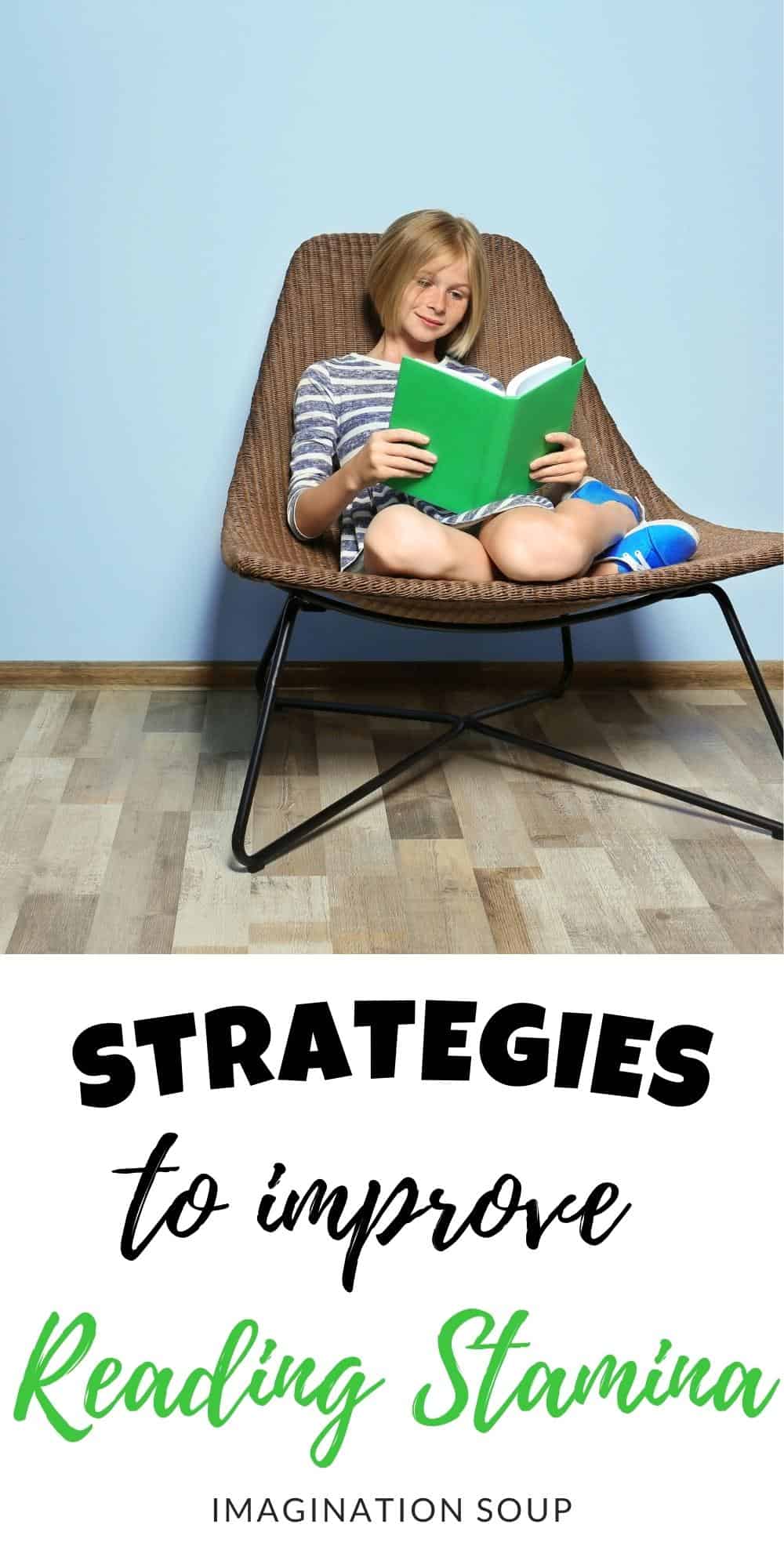
KEEP READING
How to Start a Book Club for Kids
The Best Boxed Chapter Book Sets for Kids and Teens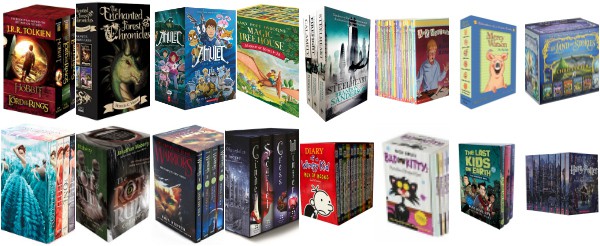
Everything You Need to Know About Reading EBooks
Pros and Cons of Teaching Reading with Bob Books